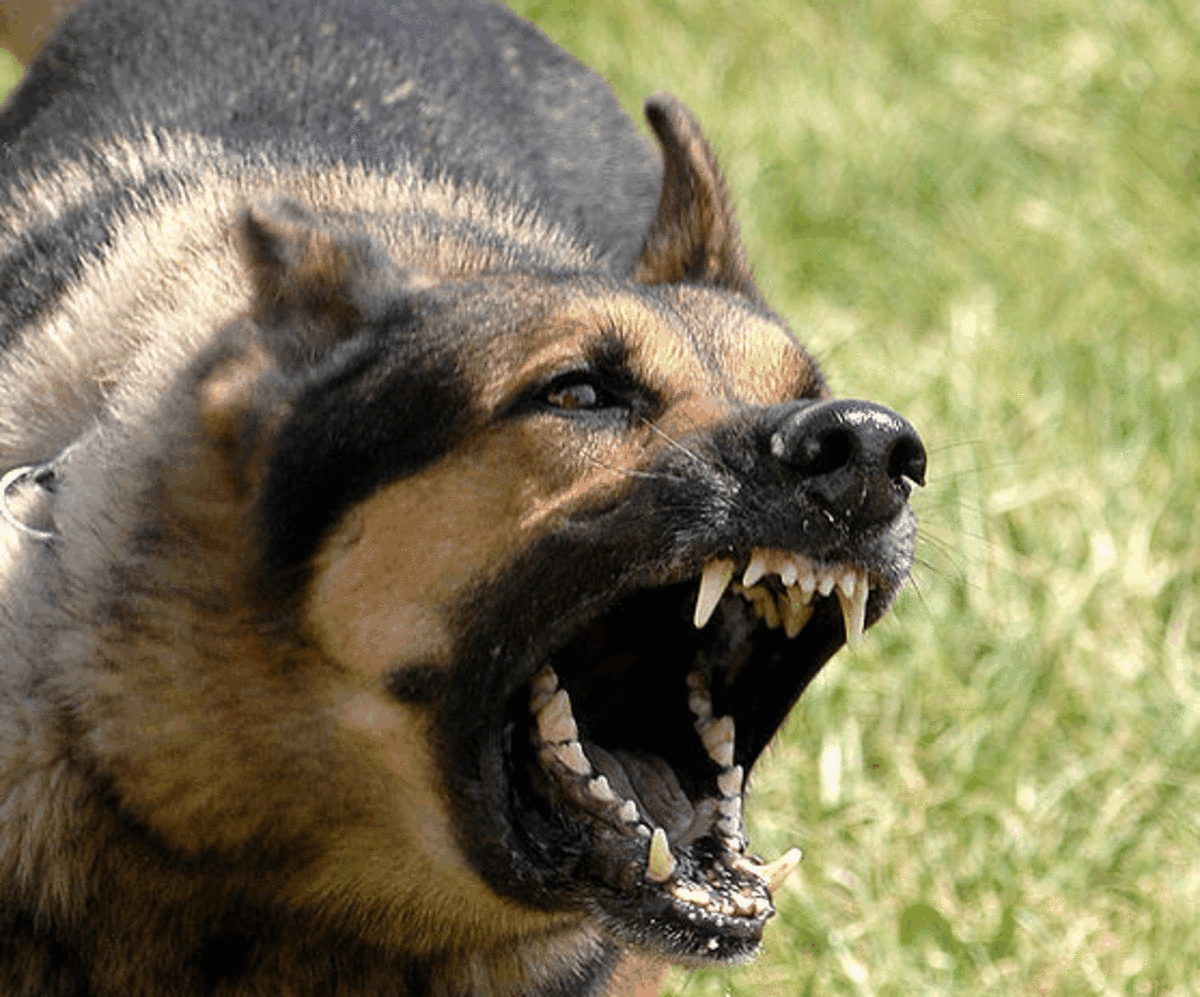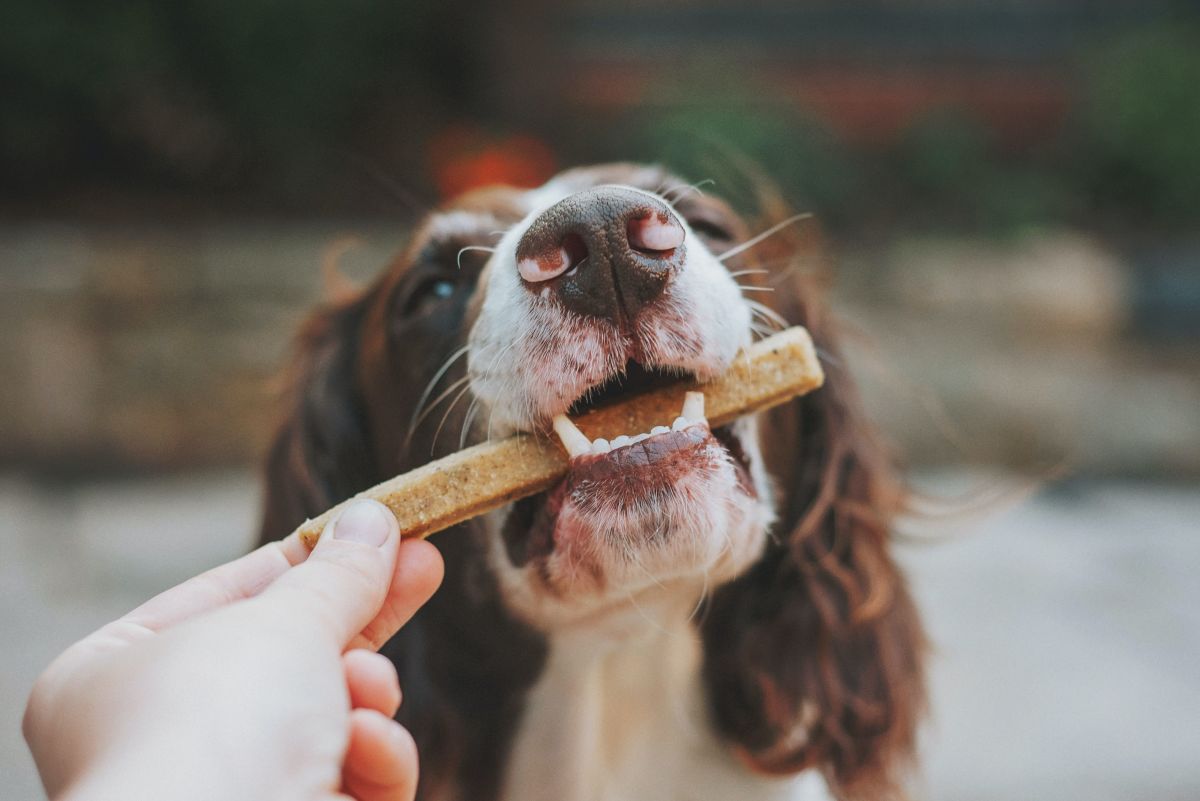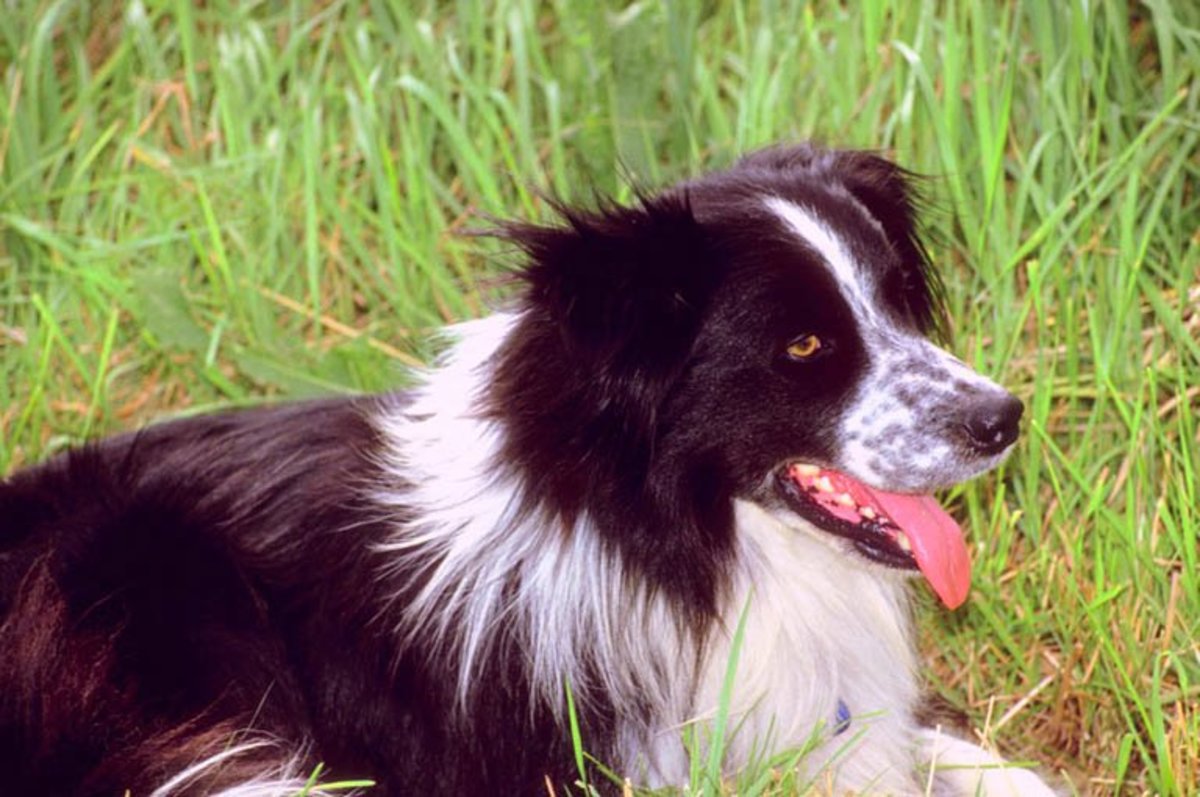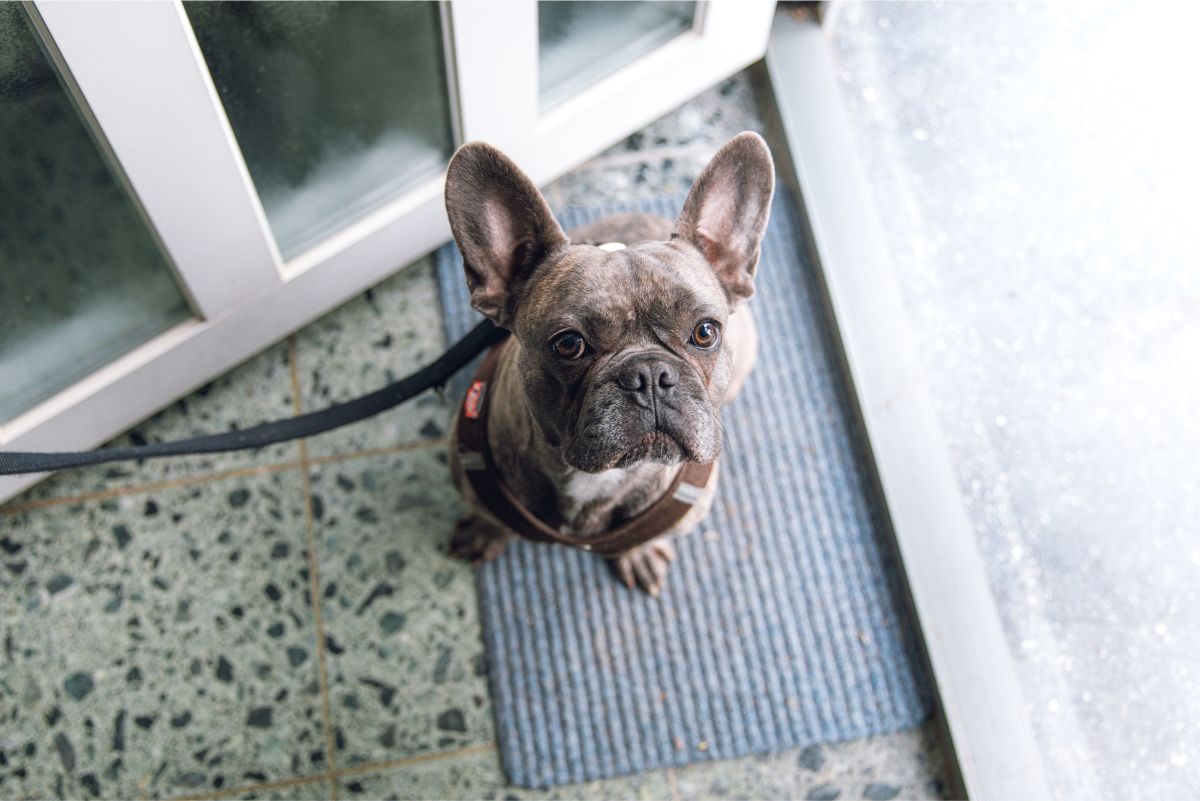How to Train with Dog Treats
Why Some People Are Against Food Treats
Some dogs simply aren't as food-driven as others and their owners don't know how to make treats work for them. Some owners are afraid of overfeeding or weight problems that can result from treats. Others dismiss treats as a hassle. They don't want to carry treats with them everywhere because their dog will only perform for food. These apparent disadvantages of using food rewards can easily be remedied. It just takes a little bit of common sense.
Perfectly Sized Treats for Training
Food Drive
To be honest, treats are not always the most effective reward you can use for dog training. The best is always whatever your dog desires in the situation you're working in. Your dog knows what he likes and when. Stay in the moment with him, pay attention and you'll find the right motivation. Treats can still be used as an effective and convenient reward in the initial training and shaping of a behavior.
Do your training before his meals. This ensures your dog's food drive is at its peak for your session. He's hungry and ready to work for any treats you offer. Don't free-feed him by leaving a full bowl out all day. Use it as a tool and a reward. It demonstrates good leadership on your part and keeps your dog in the right state of mind for learning.
Quantity & Portion Size
Using treats doesn't mean you should be buying bags and bags of biscuits in addition to your dog's regular food. Variety certainly helps keep your dog interested. Commercially available treats labeled as "training treats" will fit the requirements much better, but steer clear of generic dog biscuits and chews. They are too large and full of extra calories.
Training rewards should only be the size of a pea. Yes, it seems exceptionally small at first, but when you think about how many you end up feeding your dog, it's quite a bit. He doesn't care that it's that tiny, he still wants to eat it and that's all that matters.
Liver treats, freeze dried or soft and chewy from a pet store work really well, but are expensive. They are smelly, which dogs adore. Their softness also allows them to be cut into smaller pieces for training. Other options include boiled chicken if you're concerned with preservatives or other additives. A "small bites" version of your current dry dog food is a completely viable choice if your dog likes it enough.
Dogs are actually more interested in quantity over sheer size. A half dozen pea-sized treats takes longer to eat off the floor than one large chuck of chicken your dog can swallow in one gulp. The group of small treats seems larger because of the time frame involved. Grouping treats this way can be used as a jackpot for an especially difficult behavior for your dog. He performs it correctly after a few tries and "jackpot!"
Keep in mind that whatever your dog gets to eat during a training session should be counted as part of his daily diet. Don't feed him a normal meal after a lot of training treats. Decrease his meal size proportionally. Maintaining a healthy weight is as important for our dogs as it is for us.
Selective Listening
Once you have trained a behavior (like sit) and your dog performs reliably in different situations, you can start to wean off treats. Give other rewards instead. Require a sit before going outside, getting in the car, or before handing over a new toy. Real life rewards like this reinforce consistent obedience. You still want to give food rewards, but sparingly. A random food reward every now and then is enough to keep your dog interested in obedience. You will find your dog sitting almost every time he sees something he wants because he knows that's what is required of him. The behavior you're looking for eventually becomes a role he performs almost voluntarily.
Treats are used in initial training, not for every command. If they were, that would be boring and your dog can decide that food does not interest him just now. Varying the types of rewards you give after a behavior is trained keeps interest. In this way, you avoid having a dog who only listens when you're holding extremely enticing food.
Hungry?
Treats are only effective if your dog views them as rare and understands you hold control over their availability. If he receives them too often or without reason (from his perspective) he becomes entitled to them instead of having to earn them.
Dogs are wired to respect hierarchy. You communicate your place in your household by actions, not verbal cues, yelling, or bravado. One important responsibility of a good leader is providing food for his family or "pack." This idea probably isn't news to you. Owners should avoid free-feeding or leaving food available at all times. Being allowed access to food 24/7 gives the impression that your dog is providing food for himself. This communicates that he is in a position of leadership and entitlement. Obedience deteriorates quickly when your dog is put into this mindset because you are no longer in charge.
To avoid permitting your dog to provide for himself, feed him only at set meal times and avoid giving biscuits and cookies just because you have some. Training will be more productive before his evening meal while he is hungry and his food drive is peaked. Not only does this benefit training, but also reinforces your role as a fair and responsible leader.
Treats Work
Training with treats is meant to make things easier, but their effectiveness depends how you use them. By keeping treats tiny, we extend how far they can go. Your dog isn't overindulged during training and you can keep his attention. Hunger during a session is helpful, so training before a meal is more effective than after. Once a behavior is learned, keep the value of training sessions and treats high by using them sparingly afterwards. They should not cost an excessive amount of money or affect your dog's weight. Treats are your training tool and are meant to introduce your dog to the behaviors that will let him earn other rewards. They should not be used exclusively or your dog will only obey when you have them.









